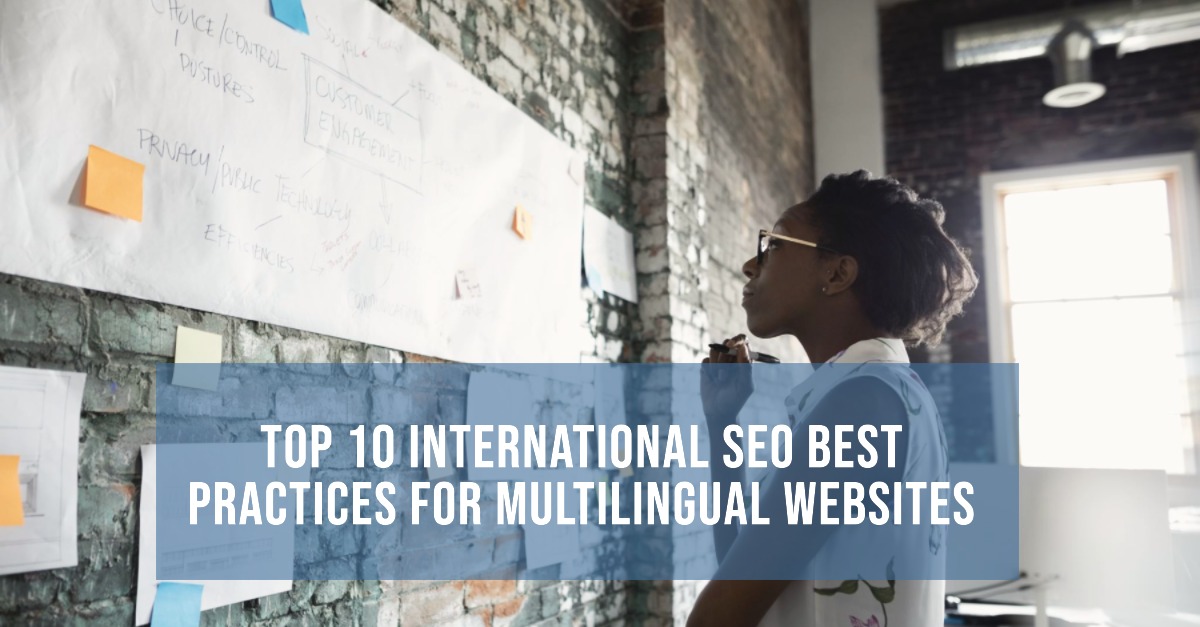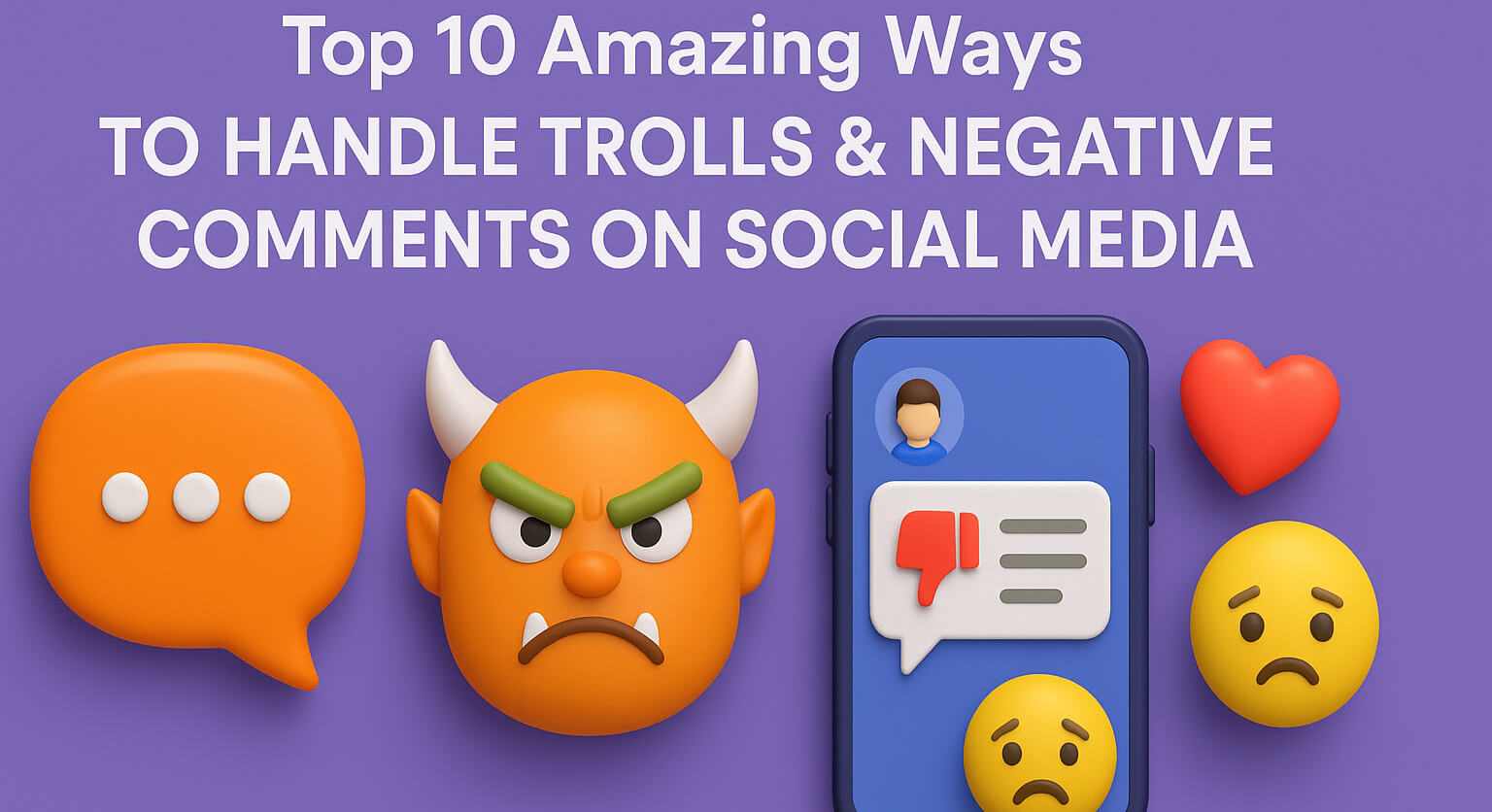
Top 10 International SEO Best Practices for Multilingual Websites
International SEO helps you reach audiences across different
countries. If your website supports multiple languages, it's crucial to follow
the right steps. This ensures search engines display the correct version of
your site to the right users. It also makes it easier for users to find your
content in their preferred language.
A strong international SEO strategy boosts traffic, enhances
user experience, and improves search rankings. To get it right, use proper
tags, URLs, and tools. Understand your audience and the terms they use to
search online.
Let’s explore 10 best practices for optimizing multilingual
websites shared by our best digital
marketing company in Delhi -
Use hreflang Tags
Hreflang tags help search engines understand which language
your page uses. They also tell which country the page is for. You add these
tags in the HTML code of your website.
For example, if you have one page in English and one in
Spanish, you use hreflang tags to show this. Search engines then show the right
page to the right people. If someone in Spain searches, they see the Spanish
page.
If someone in the USA searches, they see the English page.
These tags stop search engines from thinking the pages are the same and help
your SEO.
Create Separate URLs for Each Language
You should make a different URL for every language version
of your website. This helps users and search engines. For example, use
example.com/en/ for English and example.com/fr/ for French.
Do not put all languages on one page. When each language has
its own URL, it is easier to manage and track. Search engines can find and rank
each version better. Users also know they are on the right page.
A clear URL structure makes your website look more
organized. It also helps you improve your SEO in each country or language you
are targeting.
Avoid Automatic Language Redirection
Do not send users to a different language page based only on
their location or browser settings. This can confuse them. For example, someone
in France may still want to see your English page.
If you redirect them to the French page without asking, they
may not understand it. Always let users choose their language. Show a language
selection menu on your website. This gives them control and improves their
experience.
Search engines may also have trouble indexing pages if you
use automatic redirection. So, avoid it. Let users decide which language
version they want to see.
Translate Content Properly
Always translate your website content in the right way. Do
not use only automatic tools like Google Translate. These tools can make
mistakes. It is better to hire native speakers who understand the language and
culture.
They will write clearly and correctly. Good translation
helps users trust your website. It also makes your content easier to read and
understand. If the translation is poor, users may leave your site.
Search engines also prefer high-quality content. So, when
you translate properly, your website can rank better. Take time to create the
best content for each language and each audience.
Use a Clear Language Switcher
Make it easy for users to change the language on your
website. Add a clear language switcher at the top of every page. You can use
flags, buttons, or a dropdown menu.
Write the language names clearly, like “English” or
“Español.” Do not hide the switcher in small text or menus. When users can find
and use the switcher easily, they feel more comfortable.
They can choose the language they understand best. A good
language switcher improves user experience and helps people stay longer on your
site. It also shows that you care about different users and their needs.
Submit All Versions to Search Engines
You should tell search engines about every language version
of your website. Use tools like Google Search Console to do this. First, create
a sitemap for each version. Then submit each sitemap to Google.
This helps search engines find your pages faster. When
Google knows about all versions, it can show the right one to users. It also
helps your pages appear in search results. If you do not submit them, some
pages may not get seen.
So, always add each language version to search tools. This
improves your SEO and brings more visitors from different countries.
Target the Right Keywords in Each Language
People in different countries use different words to search
online. You should find the best keywords for each language. Do not just
translate English keywords. The meaning may change.
Use tools like Google Keyword Planner to do research. Look
at what local people search for. Choose keywords that match their language and
culture. Then use these keywords in your page titles, headings, and content.
This helps search engines show your site to the right
people. Good keyword research improves your traffic and rankings. Always write
for real users, not just search engines. Use natural and easy-to-understand
words in every language.
Host Locally if Possible
Try to host your website in the country you are targeting.
This can make your website load faster for local users. A fast website gives a
better user experience. It also helps your SEO.
Search engines may rank your site higher if it loads
quickly. Local hosting can also build trust with users. They may feel safer
when the website is hosted in their country. But if local hosting is not
possible, use a good global hosting service.
Choose one with fast servers around the world. Always check
your website speed and try to make it faster for all users.
Use Country-Specific Domains or Subdirectories
Use different web addresses for each language or country.
This helps users and search engines. You can use country-specific domains like
example.fr for France or example.de for Germany.
You can also use subdirectories like example.com/fr/ for
French or example.com/de/ for German. Both ways are good. They make it clear
which language or country the page is for.
Search engines use this information to show the right
version to the right people. It also helps users feel they are in the right
place. A clear and organized URL structure improves your international SEO and
builds user trust.
Monitor Performance Regularly
You should check how each language version of your website
is doing. Use tools like Google Analytics and Google Search Console.
These tools show how many people visit your site, where they
come from, and what pages they view. You can see which languages get more
traffic and which pages need improvement.
If something is not working well, you can fix it. Always
look at the data and make changes when needed. This helps your website grow in
every country.
Regular checks keep your site healthy, improve user
experience, and help you get better results from your international SEO.
Related Services –
You can also take our professional services like –
Google
Ads Management Services





